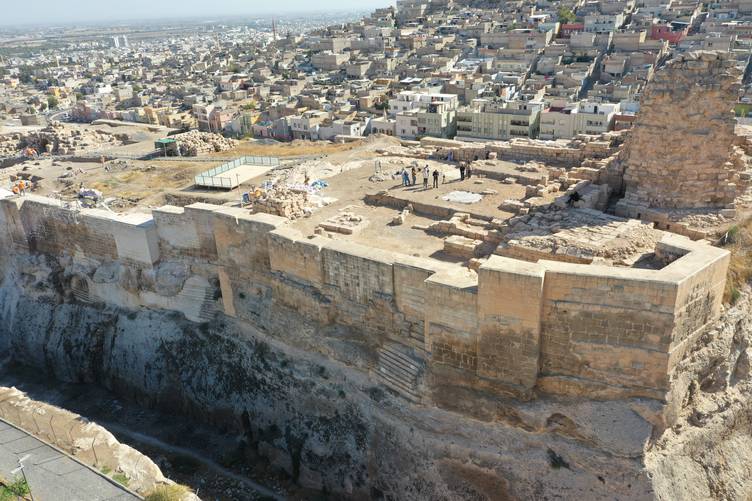
1,500-Year-Old Greek Mosaic Unearthed at Urfa Castle Reveals Names of Early Byzantine Clergy
Archaeologists working at the ancient Urfa Castle in southeastern Türkiye have uncovered a 5th-century Greek-inscribed floor mosaic decorated with intricate plant, animal, and geometric motifs. The discovery, believed to belong to a small church, chapel, or martyr shrine, provides new insights into the religious and social hierarchy of the early Byzantine city of Edessa — modern Şanlıurfa.
The excavation, directed by Prof. Dr. Gülriz Kozbe of Batman University, has been ongoing for six months within the southern sector of the Balıklıgöl complex, one of the most historically charged areas of Şanlıurfa. The newly unearthed mosaic, composed of tiny black, red, and white tesserae, displays elaborate vegetal ornaments intertwined with animal figures and geometrical designs.
According to Prof. Kozbe, the inscribed mosaic was most likely part of a religious structure — either a church, a chapel, or a martyrium, a shrine built to honor a martyr. “The Greek inscription mentions the name of Count Anaskas and his family, invoking divine protection for them. It also refers to high-ranking clerics including Bishop Küros, the presbyter Elyas (Elias), and a deacon named Rabulus,” she explained.
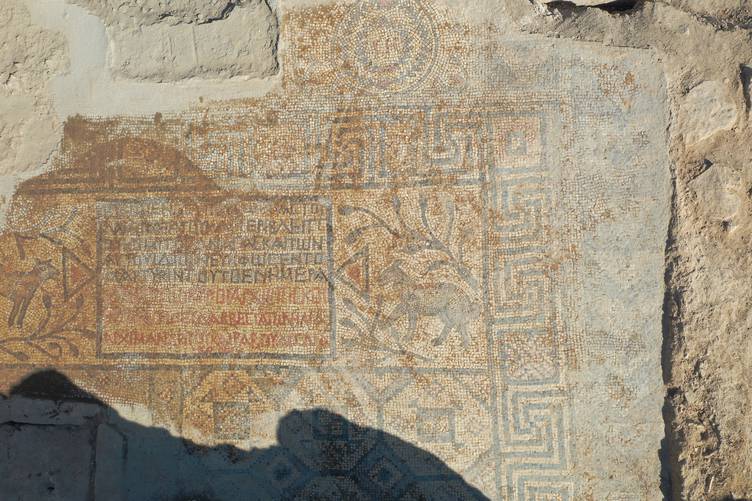
Epigraphic analysis indicates that the inscription dates between A.D. 460 and 495, placing it firmly in the late 5th century. This makes it one of the earliest known Christian mosaics from southeastern Anatolia with a complete dedicatory formula.
📣 Our WhatsApp channel is now LIVE! Stay up-to-date with the latest news and updates, just click here to follow us on WhatsApp and never miss a thing!!
Archaeologists also identified at least three rock-cut tombs near the mosaic floor, likely belonging to clerical figures once serving at the same sanctuary. The tombs resemble burial chambers found around the castle’s southern slopes and the Kızılkoyun necropolis, suggesting a wider sacred landscape extending around Urfa Castle during the Byzantine period.
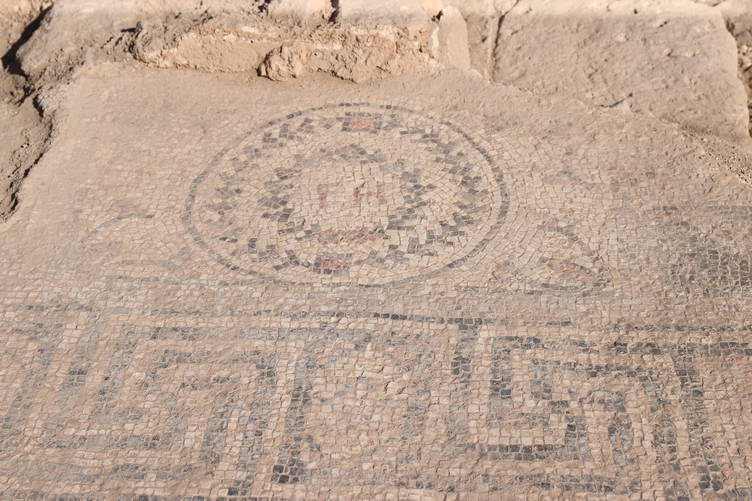
Kozbe emphasized the symbolic richness of the find: “Around the central inscription we discovered medallions representing the four classical elements — air, water, earth, and fire. These cosmic motifs likely occupied all four corners of the floor, symbolizing harmony between divine and natural order.”
The excavation season has now concluded, but further studies will continue next year to complete the documentation and restoration of the mosaic and the adjacent burial structures.
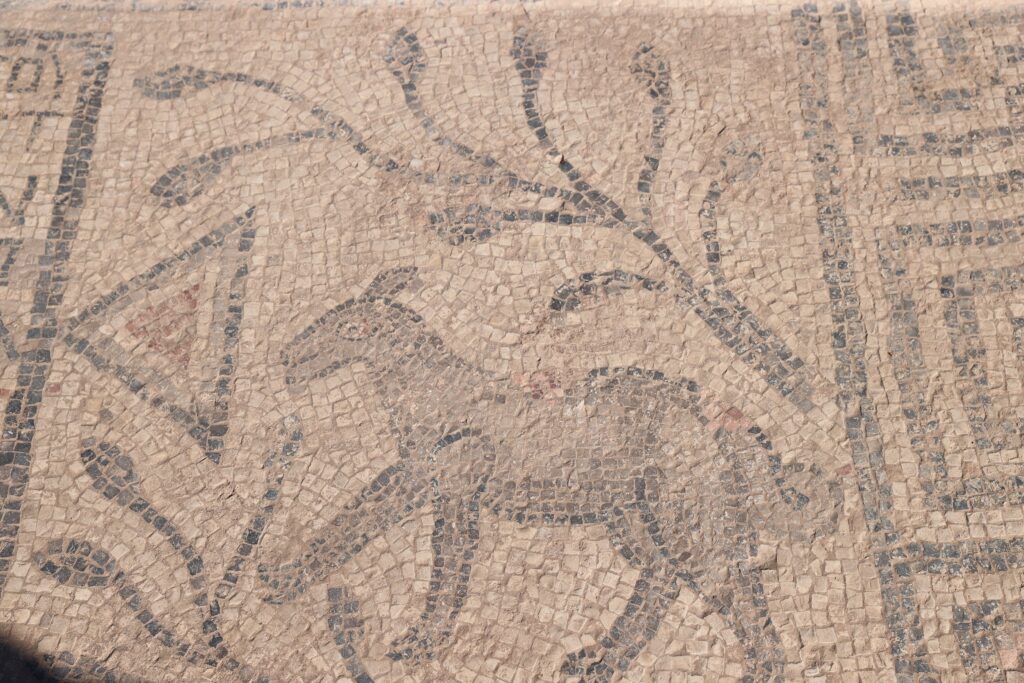
The discovery not only enriches the archaeological record of ancient Edessa — a key center of early Christianity — but also bridges the cultural layers linking Hellenistic, Roman, and Byzantine phases of Şanlıurfa’s long and complex history.
Cover Photo: Urfa Castle overlooking the sacred Balıklıgöl complex in Şanlıurfa, southeastern Türkiye — the site where archaeologists unearthed a 1,500-year-old Greek-inscribed Byzantine mosaic during recent excavations. Credit: Eşber Ayaydın/AA
You may also like
- A 1700-year-old statue of Pan unearthed during the excavations at Polyeuktos in İstanbul
- The granary was found in the ancient city of Sebaste, founded by the first Roman emperor Augustus
- Donalar Kale Kapı Rock Tomb or Donalar Rock Tomb
- Theater emerges as works continue in ancient city of Perinthos
- Urartian King Argishti’s bronze shield revealed the name of an unknown country
- The religious center of Lycia, the ancient city of Letoon
- Who were the Luwians?
- A new study brings a fresh perspective on the Anatolian origin of the Indo-European languages
- Perhaps the oldest thermal treatment center in the world, which has been in continuous use for 2000 years -Basilica Therma Roman Bath or King’s Daughter-
- The largest synagogue of the ancient world, located in the ancient city of Sardis, is being restored

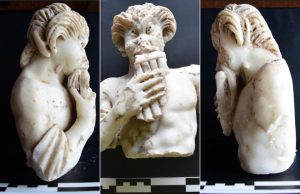
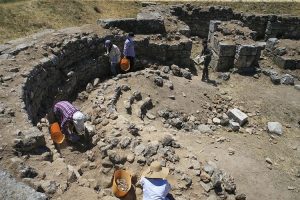
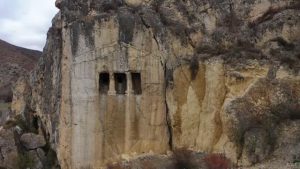
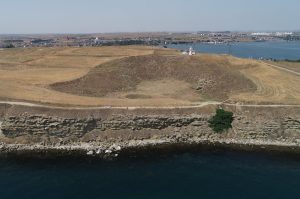
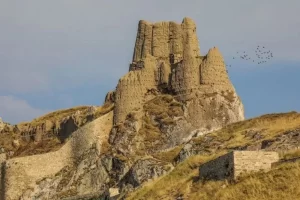
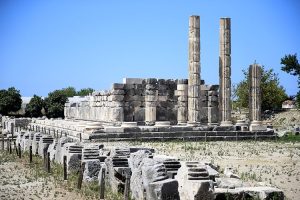
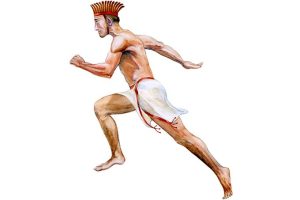

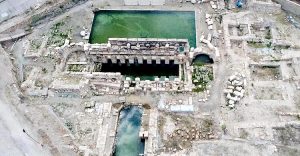
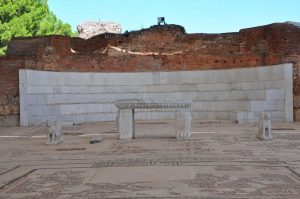
Leave a Reply